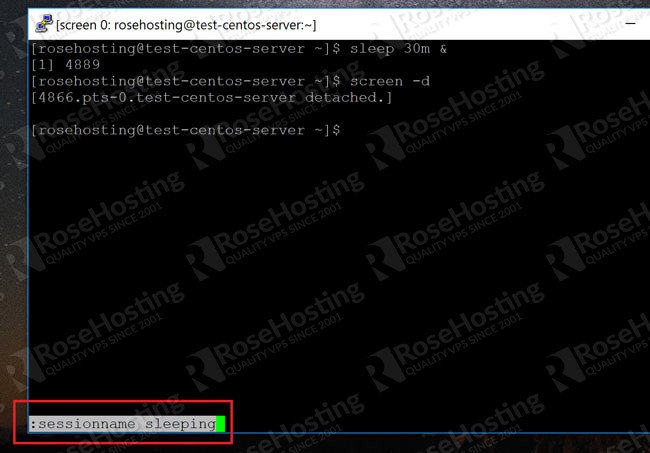

- #FREEBSD MINICOM HOW TO#
- #FREEBSD MINICOM INSTALL#
- #FREEBSD MINICOM SERIAL#
- #FREEBSD MINICOM SOFTWARE#
Translation, it's requested that you discuss your plans with the If you're considering making a derived work other than a
#FREEBSD MINICOM INSTALL#
#FREEBSD MINICOM SERIAL#
Appendix C: Serial Communications on EIA-232 (RS-232) Appendix B: Escape Sequence Commands TerminologyĢ3.

15.9 Run Command Only If TERM=my_term_type.14.12 Meaning of Received Control Codes.14.3 Getting Into Set-Up (Configuration) Mode.14.1 Send Escape Sequences to the Terminal.13.3 Computer Set-Up (Configure) Overview.13.2 Terminal Set-Up (Configure) Overview.11.9 Obsolete ? ETX/ACK or ENQ/ACK Flow Control.11.8 Is Hardware Flow Control Done by Hardware ?.11.7 Hardware Flow Control (RTS/CTS etc.).10.2 Don't Try to Use TERM Variable for Emulation.Terminal Emulation (including the Console) Special Features/Types of Some Terminalsġ0. 8.3 Escape Sequences and Control Codes (intro) ĩ.6.6 Lack of Standardization Solved by Terminfo ħ.

Overview of How Text Terminals Work (in Linux)
#FREEBSD MINICOM HOW TO#
To install and configure them, and provides some info on how to repair A new author isįor the seldom used real text-terminals, it explains how they work, explains how Rewriting (or merging into this Text-Terminal howto). The Keyboard-and-Console-HOWTOįilled much this gap but it was written for Linux 2.0 and now needs Terminals and the coverage of emulation is inadequate for the first 3 These 4 methods are known as "text-terminal emulation".īut unfortunately, the main emphasis in this howto is real text
#FREEBSD MINICOM SOFTWARE#
Software on another PC to turn it into a serial-port text-terminal. Remote computer over a network via ssh, telnet, etc., or even using Interface itself Such as using a monitor as a virtual (text-only)Ĭonsole, using a text-window in a GUI such as xterm, connecting to a It's not about the user programs one might run on theĬommand line, but about setting up, managing, and understanding the However much of this howtoĪlso applies to command-line interfaces on Linux PC's which are in wide They were widely used to access mainframeĬomputers in the late 1970's and 1980's but use of them declined in theġ990's and they are seldom used anymore. Like monitors (with keyboards), but could only display text with a command This document was originally written for real text terminals which were


 0 kommentar(er)
0 kommentar(er)
